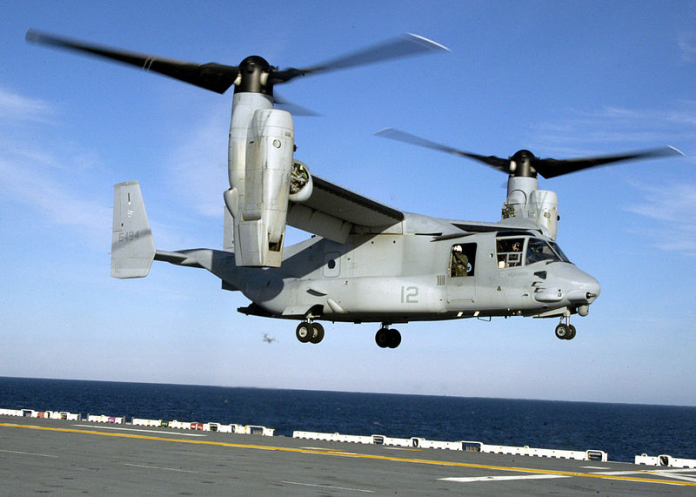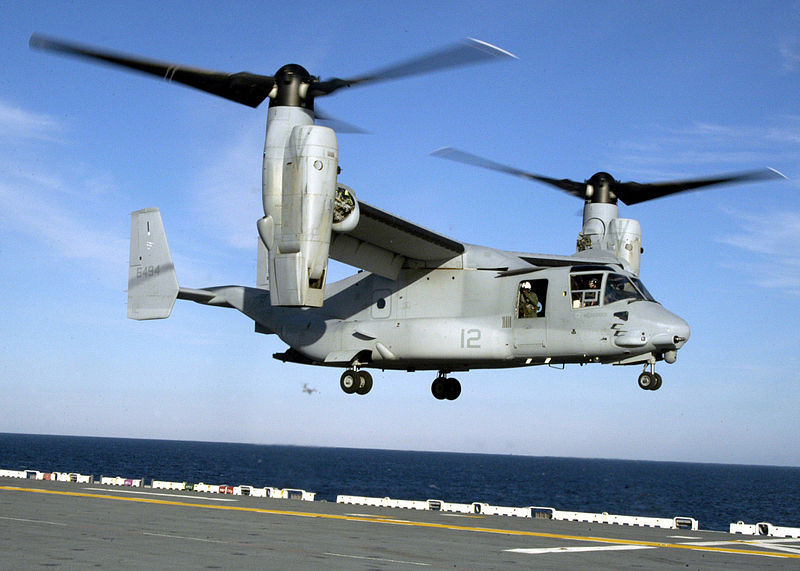
It starts with a thunder that can rattle the ground a noise only a strategic bomber releasing its payload can produce. For several decades, the United States Air Force has had an arsenal both large and diversified, a fleet capable of controlling the air in any and all conceivable mission envelopes. From stealth bombers that can slip by the most advanced defenses to rugged transports that can land on dirt strips, each and every aircraft is part of a grand mosaic air superiority and global reach.
In 2025, that mosaic is more intricate than ever. Increasing geopolitical tensions and accelerating technological progress have forced the USAF to go modern while retaining tried platforms. The outcome is a blend of old-school legacy icons and bold new entrants, all with their own tale of design, deployment, and development. The following is a closer examination of eight airplanes that highlight the Air Force’s present strengths, ranging from the world’s stealthiest bomber to a tiltrotor that transforms battlefield mobility.
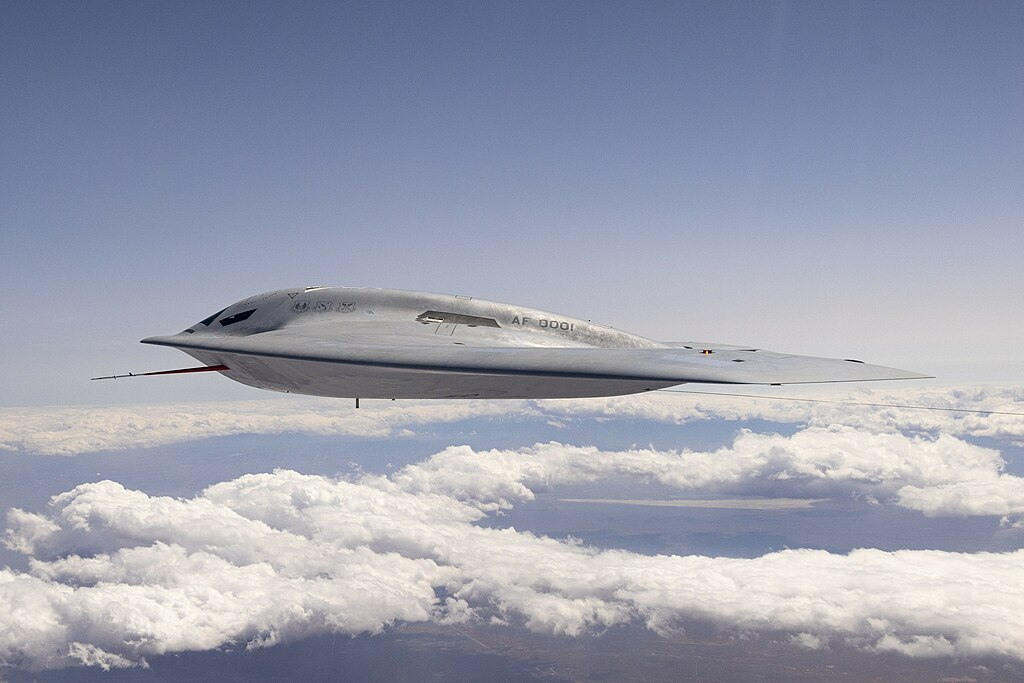
1. B-21 Raider: The Sixth-Generation Stealth Bomber
The B-21 Raider represents the USAF’s official introduction to the age of sixth-generation fighting machines. Revealed at Northrop Grumman’s Palmdale base in late 2024, it is intended as the cornerstone of future American airpower projection. With an ultra-low observability profile and highly advanced networking features, the Raider will easily fit into a ‘family of systems’ for strike, surveillance, and command.
Based on Northrop Grumman, the B-21 exploits digital open architecture to facilitate quick upgrades against emerging threats. It will operate with both nuclear and conventional payloads, having an estimated fleet of 100 aircraft. Test flights have already proven it can operate in highly contested territories, making it capable of executing precision strikes even under heavy enemy surveillance.
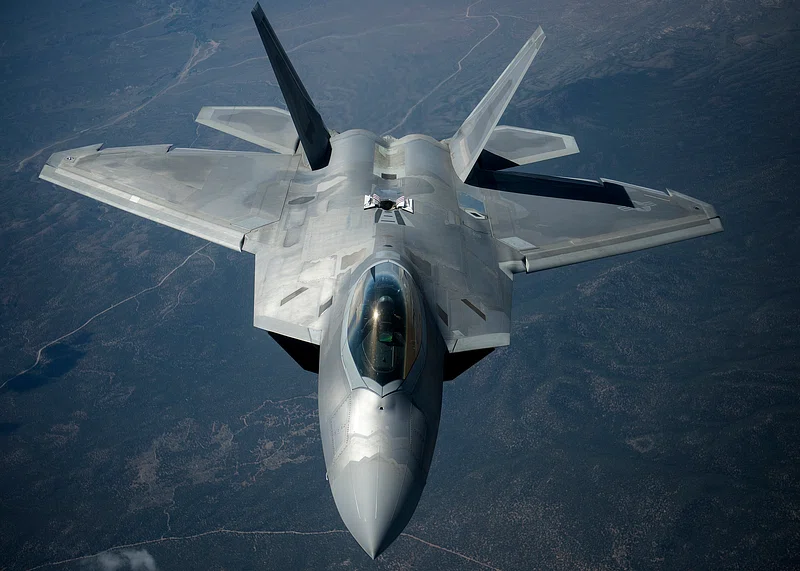
2. F-22 Raptor vs. F-35 Lightning II: Air Superiority Meets Multirole Flexibility
The F-22 Raptor is the USAF’s top air dominance fighter, able to fly over Mach 2 and to above 60,000 feet. Designed for unparalleled agility and stealth, it performs flawlessly on intercept missions and good old-fashioned dogfighting. There are only about 180 in service, all within the U.S., limited by its classified tech.
The F-35 Lightning II, on the other hand, is the most broadly accepted fifth-generation fighter in the world with more than 1,150 delivered. Although slower than the Raptor, it has sophisticated sensors such as AESA radar and EOTS and is thus a situational awareness master. It has the versatility to carry out air-to-ground attacks, reconnaissance, and electronic warfare. The two aircraft together constitute a complementary force one defending the airspace, the other responding to varied mission requirements.
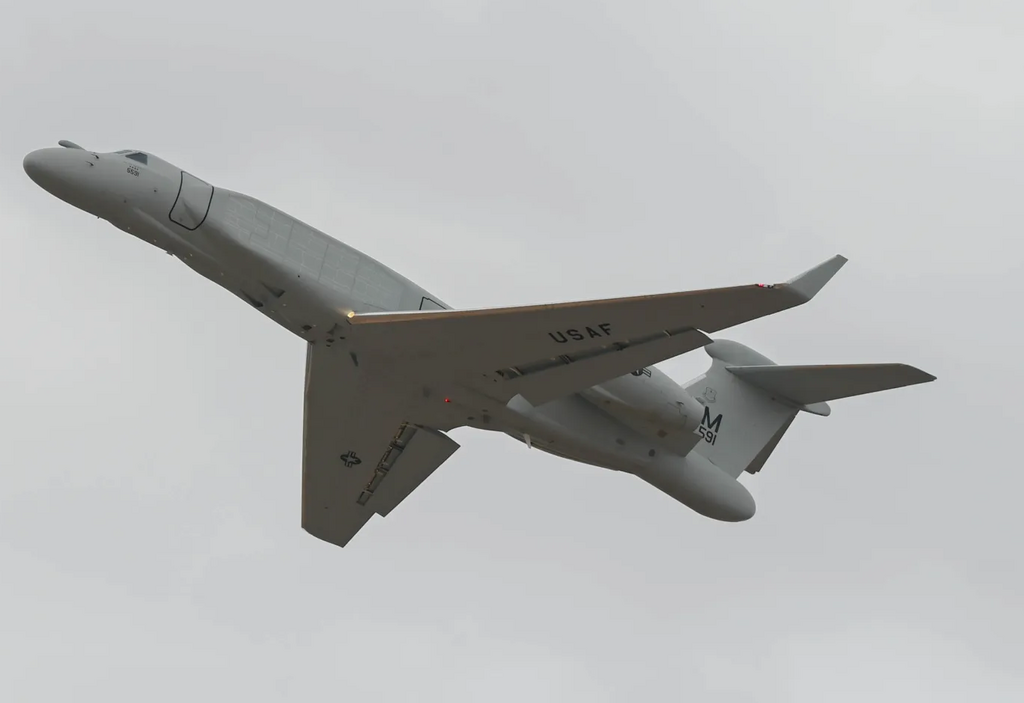
3. EA-37B Compass Call: Refining Electronic Warfare
To replace the aging EC-130H fleet, the EA-37B Compass Call is based on the Gulfstream G550 airframe and provides higher speed, altitude, and range. Its role is to disrupt enemy command-and-control communications, jam radar, and suppress air defense. With twin Rolls-Royce BR710 engines, it can fly at Mach 0.82 and cruise at 45,000 feet.
Fitted with BAE Systems’ SABER technology, the EA-37B moves electronic warfare from hardware-centric to software-defined capabilities. Its open architecture provides quick integration of new tools without significant reconfiguration, keeping it relevant against future threats. The USAF plans a fleet of ten, with initial operating capability projected for 2026.
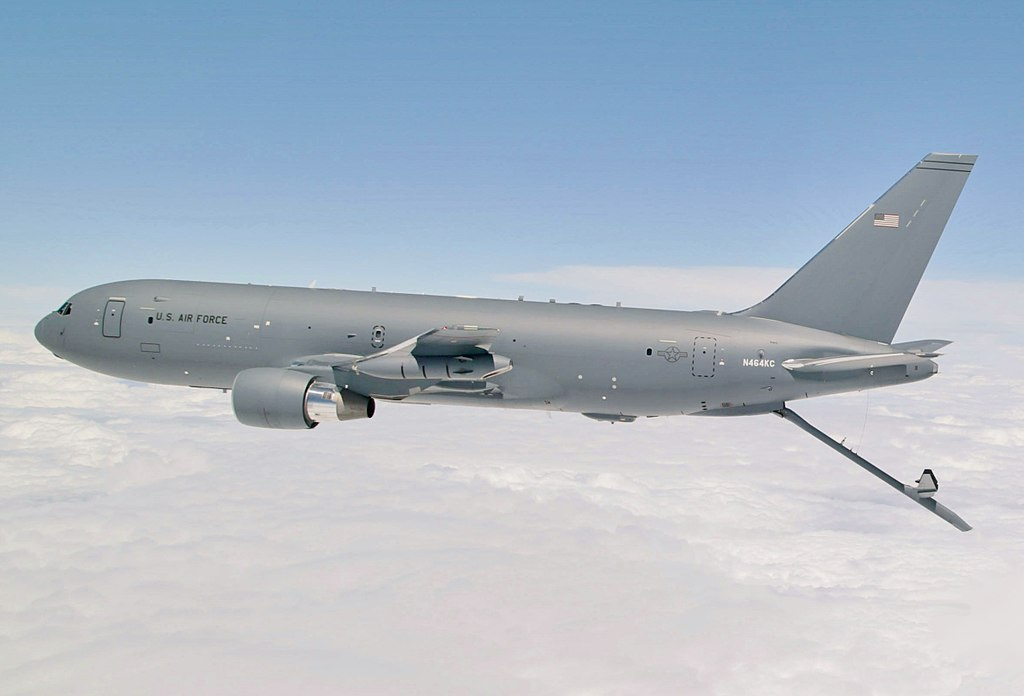
4. KC-46 Pegasus and the Future of Aerial Refueling
The KC-46 Pegasus is the USAF’s latest aerial refueling aircraft, replacing segments of the KC-135 fleet. With increased cargo, advanced avionics, and multi-modal refueling capacity, it stretches the reach of bombers and fighters across the globe. But the Air Force already is considering next-generation ideas under NGAS, such as stealthy tankers and business jet-derived refuelers for dispersed operations.
AMC Commander Gen. John Lamontagne has highlighted survivability in high-threat areas, stating that future tankers could require signature management like stealth fighters. These advancements are intended to preserve vital support assets as warfighting options in a world where anti-air missile ranges could reach 1,000 miles by 2050.
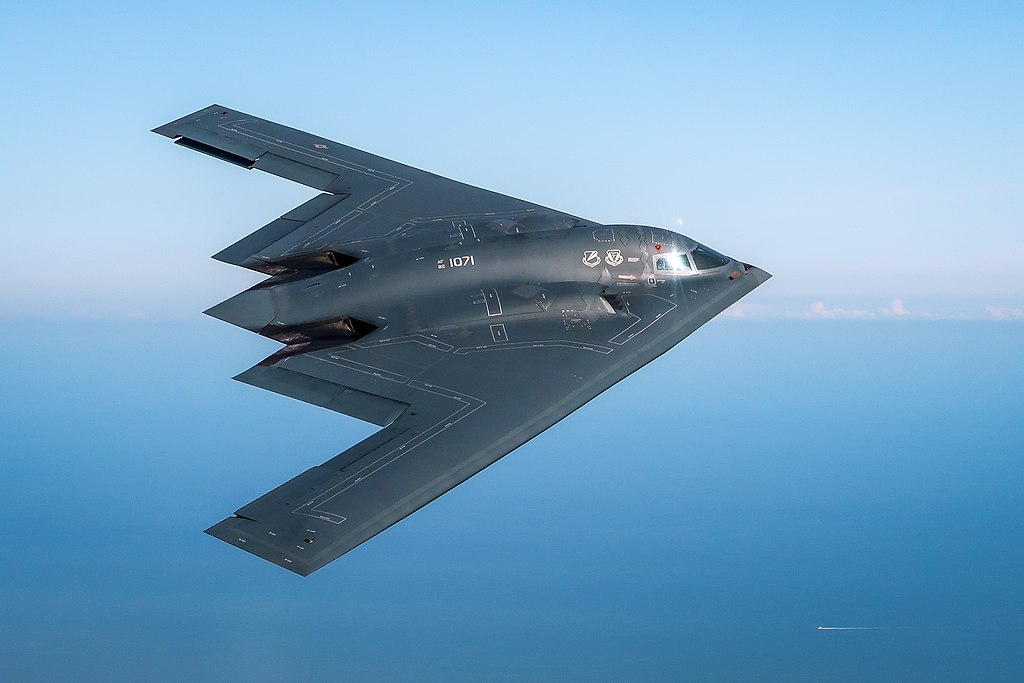
5. B-2 Spirit: The Stealth Veteran
Developed in 1997, the B-2 Spirit is one of the most powerful strategic bombers in operation. Its flying-wing configuration has a minimized radar cross-section, enabling the aircraft to penetrate deep into defended territories. Equipped with a payload that consists of nuclear and conventional weapons, the B-2 has been the cornerstone of U.S. deterrence.
There are only 17 Spirits in operation, hence they are scarce but precious. Their capability to provide pinpoint strikes without warning has been showcased in various missions, cementing their position until the B-21 takes complete responsibility.
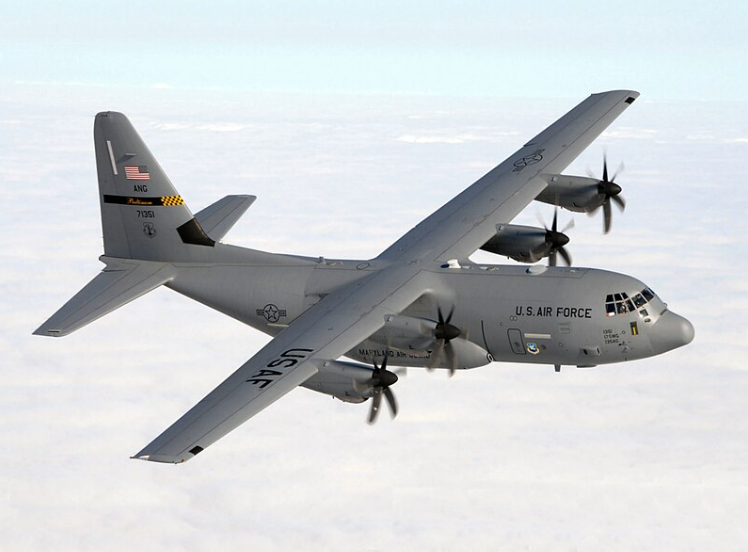
6. C-130J Super Hercules: The Global Workhorse
The C-130J Super Hercules is the mainstay of USAF tactical airlift. Upgraded with new engines, propellers, and avionics, it enables missions from combat resupply to humanitarian relief. Its short takeoff and landing capability provides access to austere airfields, a vital asset in both war zones and disaster zones.
Variants such as the AC-130J Ghostrider and MC-130J contribute combat and special operations capability, making the Hercules family among the most versatile in the fleet. Its long-running presence in wars from Iraq to Afghanistan attests to its dependability.
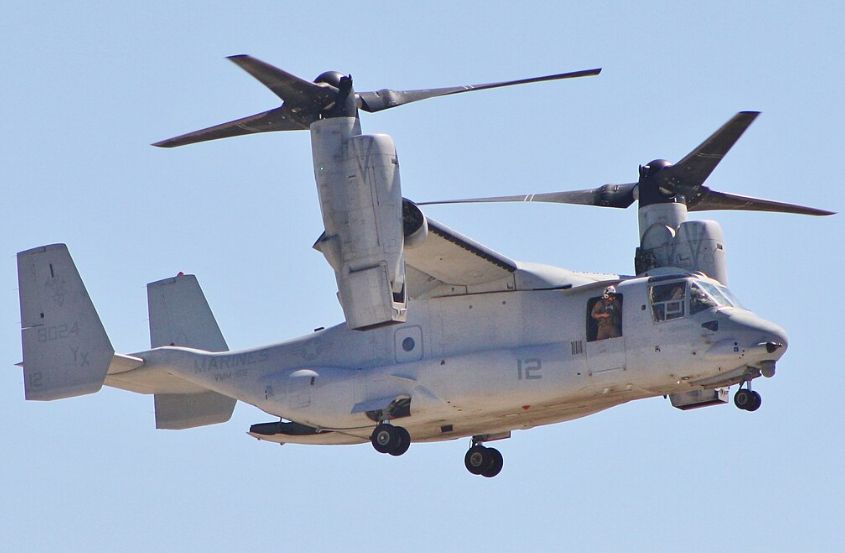
7. V-22 Osprey: Tiltrotor Transformation
The Bell Boeing V-22 Osprey combines the vertical lift of a helicopter with the speed of a turboprop. This tiltrotor design enables rapid infiltration, extraction, and resupply over long distances. Armed with machine guns and capable of aerial refueling, it supports U.S. Special Operations in diverse theaters.
Its cabin accommodates 24 combat-loaded soldiers, and its operational history includes Iraq, Afghanistan, and humanitarian operations. Osprey’s versatility has reoriented what is achievable for medium-lift aircraft.
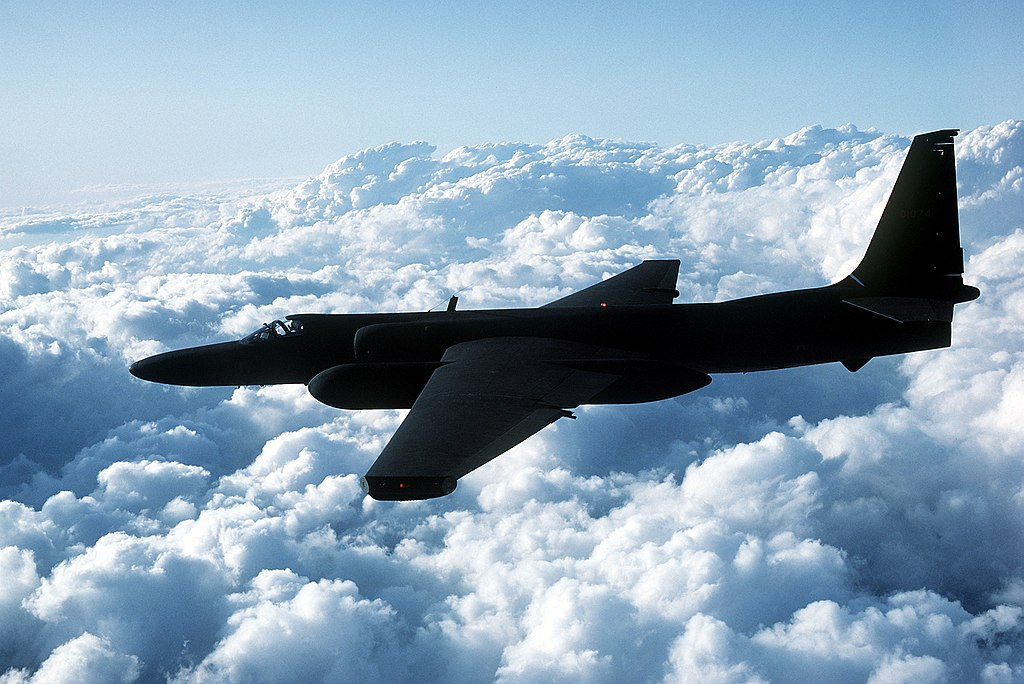
8. U-2 Dragon Lady: High-Altitude Intelligence
First taking to the skies in the 1950s, the U-2 Dragon Lady still functions as a high-flying reconnaissance vehicle. At over 70,000 feet, it gathers strategic intelligence out of reach for most enemy defenses. Its survival owes itself to ongoing upgrading of sensors and communications.
Despite the advent of satellites and drones, the U-2 offers unique advantages in persistence and adaptability, making it a vital asset in the USAF’s intelligence, surveillance, and reconnaissance portfolio.
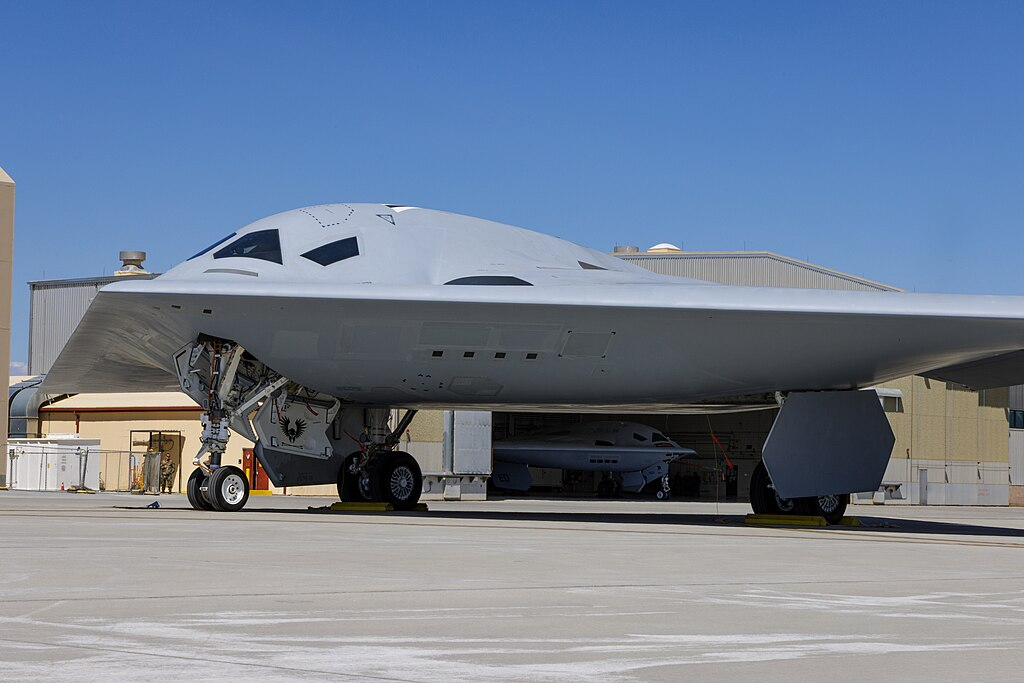
The USAF fleet today is a lesson in contrasts legacy planes tuned up for contemporary missions alongside next-generation aircraft designed for threats that have yet to fully materialize. All have specific purposes, ranging from the B-21’s stealth bombing missions to the C-130J’s logistical arteries. Overall, they allow the Air Force to project power, collect intel, and maintain operations anywhere in the world, a capability that’s as crucial in 2025 as it was at any time in its history.
